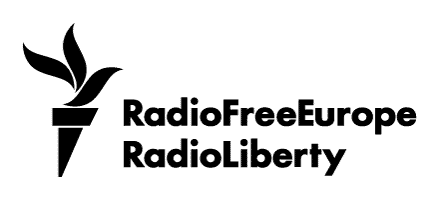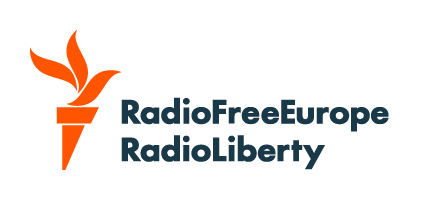Streets have been renamed. Statues of Lenin have been taken down. Now, with no end to Russia’s invasion in sight, Ukraine is preparing to shed another symbol of Moscow’s former dominance: the kopek.
Ukraine’s parliament, the Verkhovna Rada, will consider a bill that would abandon the kopiyka, Ukrainian for kopek. Instead, the smallest denomination of the national currency would be the shah, a currency name that means “step” and dates back to the 16th century -- long before much of Ukraine became part of the Russian Empire.
The National Bank of Ukraine, which initiated the switch last year, says it’s aimed at “promoting de-Russification” amid Moscow’s war on Ukraine, approaching its fifth year since the start of the full-scale invasion in February 2022.
“The kopek is a piece of Moscow that remains in our pockets, on our price tags, and most importantly, in our heads,” National Bank chief Andriy Pyshniy was quoted as saying in August.
The kopiyka is one-hundredth of a hryvnya, the national currency since 1996, five years after Ukraine gained independence from the Soviet Union.
The proposed switch is part of broader efforts to replace terms, symbols, and institutions that reflect Russian influence or the Soviet legacy and, proponents say, to strengthen Ukrainian linguistic and cultural identity.
It appears likely to pass, as its sponsors include Rada speaker Ruslan Stefanchuk, who is from President Volodymyr Zelenskyy’s Servant of the People party.
An explanatory note to the bill, published on October 1, says that “even 34 years after the declaration of independence, there is a denominator that still ties our country with Russia -- this is the name of the circulating coin the ‘kopek.’”
The note points out that among the 15 former Soviet republics, the term kopek is still used only in Ukraine, Russia, and Belarus, as well as in Moldova's breakaway region of Transdniester. It described the latter three as “hostile to Ukraine.”
"In the context of large-scale Russian aggression, replacing the kopek with the shah is an important and necessary step,” the note said.
"Having studied the history of monetary circulation in Ukraine, we have come to the indisputable conclusion that such a name for a circulating coin as a 'kopeck' is actually a symbol of occupation by Moscow,” National Bank chief Pyshniy said in September 2024, when the bank called for the change.
“Today, the Ukrainian people are reclaiming everything that was unjustly stolen from them and mutilated by Kremlin narratives.
“We have a specific term of our own -- shah -- a unique Ukrainian word that refers to small-denomination coins," he said.
Since gaining independence in 1991, Ukraine has renamed streets, towns, cities, and other geographical locations that were named after Soviet and Russian figures or historical events and dates. Numerous statues of the Bolshevik leader, Vladimir Lenin, and other Soviet and Russian figures have been removed.
The full-scale invasion, launched by Russian President Vladimir Putin in an effort to subjugate Ukraine, has amplified patriotic sentiment and strengthened a sense of unity and national identity among Ukrainians.
The switch from kopiyka to shah would not change the value of the monetary unit. One US cent is currently worth about 41 kopeks, and small coins are scarcely used by Ukrainians in their daily lives.
The transition would take place gradually, with both the kopiyka and the shah circulating in parallel for some time.










